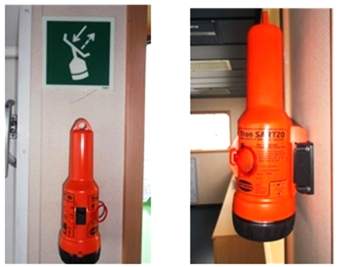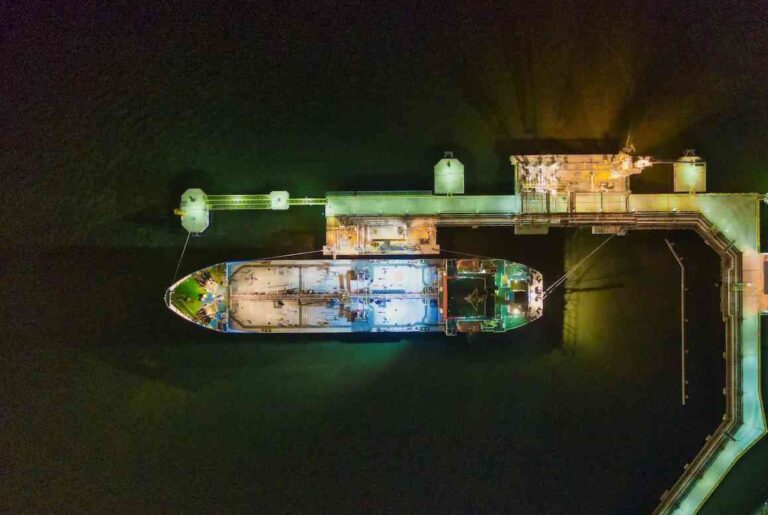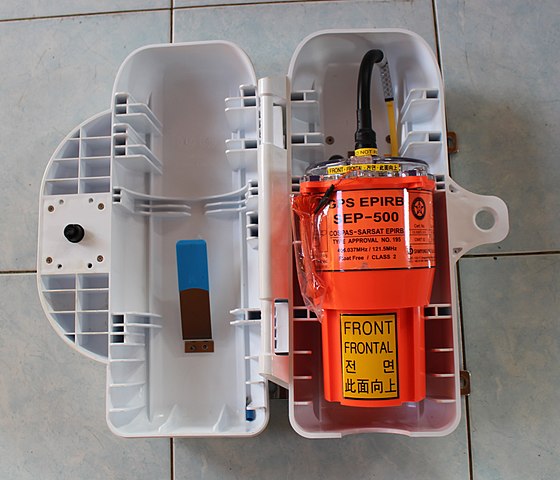
Ships that operate in the open sea are subject to various dangers that can lead to accidents and emergencies. Whether it’s due to adverse weather conditions, equipment failure, or human error, being prepared for emergencies is important. The safety of the crew and passengers is the top priority, and quick and effective search and rescue (SAR) operations can make all the difference. One tool used in SAR operations onboard ships is the Search and Rescue Radar Transponder (SART). Let’s explore the importance of SART in enhancing safety onboard ships.
What is a SART?
A Search and Rescue Radar Transponder (SART) is a device that assists in the location of a distressed vessel or life raft during SAR operations. It works by detecting radar signals from a nearby ship or aircraft and sending back a distinctive signal that appears as a series of dots on the radar screen. These dots indicate the location of the SART relative to the radar, and SAR teams can use them to locate the vessel or life raft in distress.
How Does a SART Work?
SART works by transmitting a signal that can be detected by radar. When a SART is activated, it emits 12 pulses every minute on the 9 GHz frequency band. These pulses appear as a series of dots on the radar screen of any nearby ship or aircraft. The dots form an arc that points towards the location of the SART. The closer the rescuer gets to the SART, the more dots appear on the screen until they form a solid line.
It has a battery life of at least 96 hours in standby mode and 8 hours in active mode. SART should be activated only when there is an imminent danger of sinking or abandoning ship. SART should not be activated on board as it may interfere with other radars.
The Importance of SART Onboard
SART is an important device for enhancing safety onboard ships in several ways.
- It provides a reliable and effective means of locating distressed vessels or life rafts during SAR operations. In emergency situations, time is of the essence, and SART can save precious minutes in locating those in distress.
- Secondly, SART offers an additional layer of safety and redundancy for onboard safety equipment. By using multiple safety systems, ships can ensure that they are fully prepared for any emergency.
- Finally, SART enables SAR operations to be conducted in adverse weather conditions and at night when visual signals may not be visible.
SART plays an important part of the Global Maritime Distress and Safety System (GMDSS), which is an international system that provides communication and coordination for maritime rescue operations. Every ship that sails on international waters must carry at least one SART as per SOLAS regulations. SART can also be used by recreational boats and yachts that operate near coastal areas.




